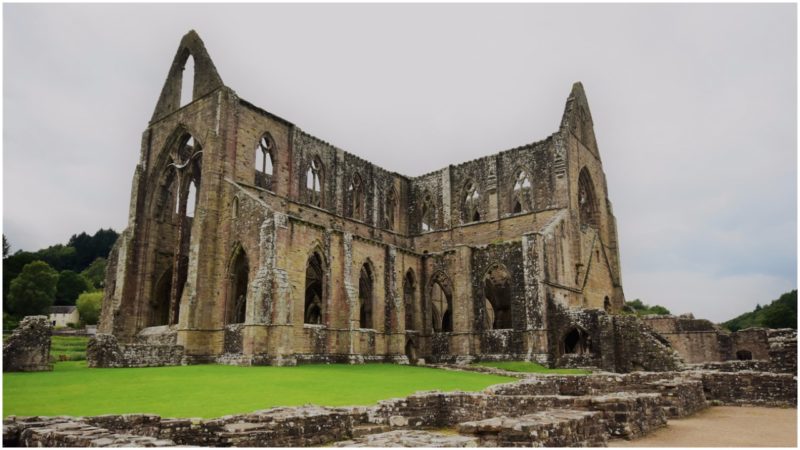A mere skeleton of it lies on top of rich greenery, yet this abandoned ruin speaks volumes about its bygone days. It all started with Walter de Clare. He was a nobleman born into an influential family and whose death came in 1137 or 1138. He was personally gifted lands by Henry I of England in 1119 close to Chepstow Castle that itself dates from the 11th century.
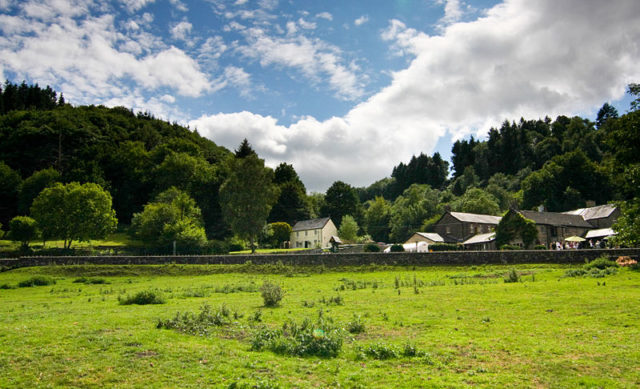
It was on top of these lands that Walter decided to erect this abbey in 1131. This monastery stands near a village called Tintern in the historic county of Monmouthshire, on the bank of the River Wye that itself is a natural border between Monmouthshire and Gloucestershire. Once completed, the abbey was the first in the country of Wales and second in all of Britain.
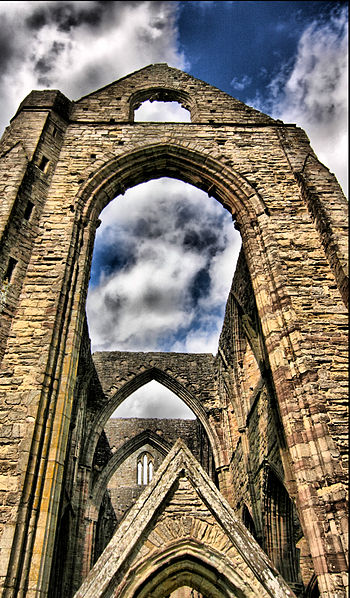
It was William Giffard, a Bishop of Winchester and cousin of Walter that brought in the year 1128 the original group of Cistercians to Waverley Abbey.The monks of Tintern Abbey were from L’Aumône Abbey.
The monks that lived in this abbey were known as White Monks and lived by the rules laid down by Saint Benedict; rules that followed the Carta Caritatis or the Charter of Love that includes principles such as poverty, silence, work, and prayer, all qualities of an ascetic life.
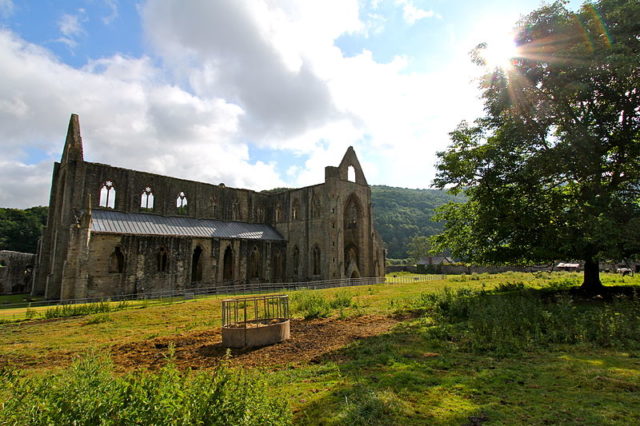
The abbey flourished for four hundred years. During the 13th century, much of this monastery was renovated and parts of it rebuilt; among the first was the open gallery followed by the church that was rebuilt for 32 years, from 1269 to 1301. Once the presbytery was taken care of, the liturgical services could resume. Part of this undertaking would not have been possible is it wasn’t for Roger Bigod, 5th Earl of Norfolk; his generosity is what helped build this Church.
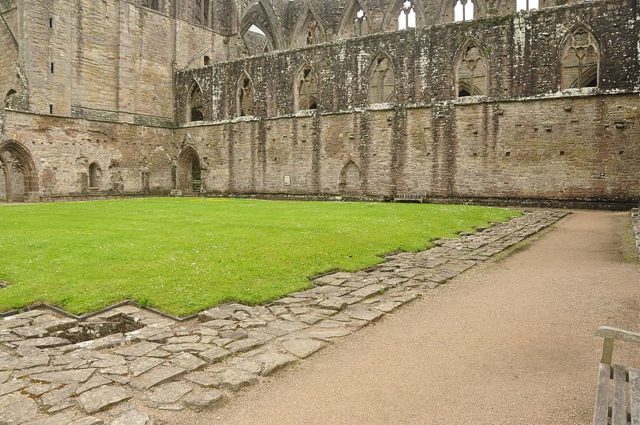
The monks were more than grateful and painted his crest on the east window of the Church. The abbey was built in a Gothic style using Old Red Sandstone that was formed some 419.2 million years ago, a revolutionary architectural design of the time. King Edward II spend two nights in this abbey.
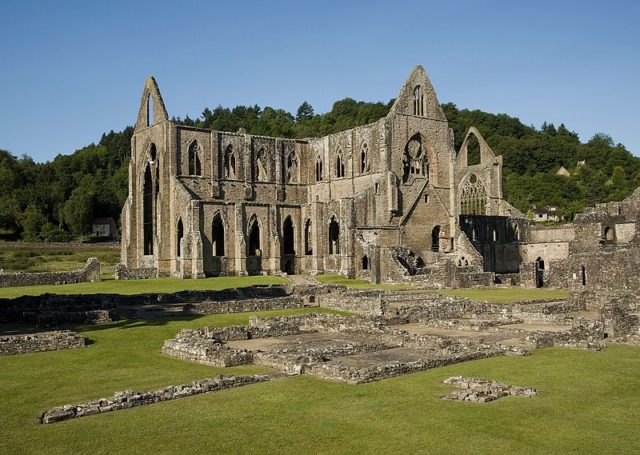
Over time, the abbey began to decline. First came the Black Death, a pandemic that took millions of lives. In such harsh times, the abbey had difficulties recruiting new members into the brotherhood, and the vast abbey badly needed more people to run it.
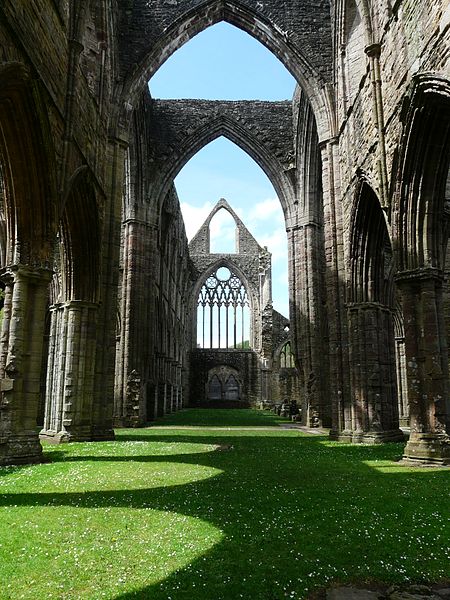
A few more centuries down the road, the abbey fell into financial troubles, but finances were not their primary concern, for this was the time in history when the Welsh, under the leadership of Owain Glyndŵr, rose against English rule. During this rebellion, the abbey was badly damaged.

But then came the reign of Henry VIII and with him came the Dissolution of the Monasteries, which sealed the fate of the abbey on September 3, 1536. The last Abbot, Richard Wych, disbanded the monastery and gave all of the lands to the King; with this act, 400 years of peaceful life was brought to an end. Everything of value that was found was taken to the Royal Treasury. The structure itself was given to Henry Somerset, 2nd Earl of Worcester.
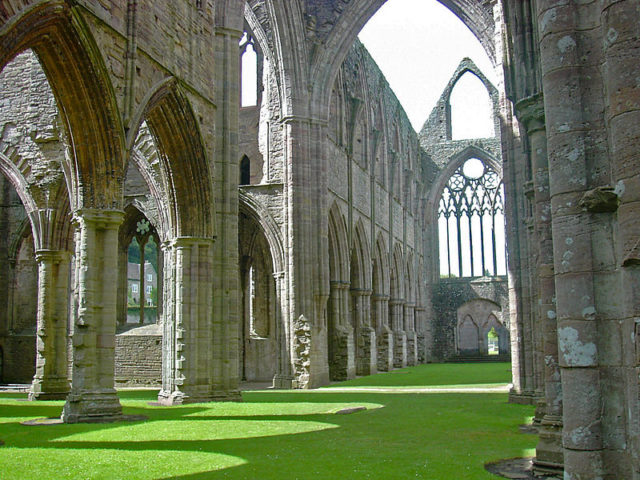
Then followed the removal of the lead from the rooftops and with it began the slow but persistent deterioration of this abbey. Over the centuries that followed, no attention was given to this old and abandoned monastery.
During the first half of the 18th century, people began to visit this abbey for its solitude and serenity. These attributes made the monastery a desirable and beloved place among writers and painters alike. They came from all over the world for their fair share of inspiration that laid hidden among the ruins and neighboring hills.
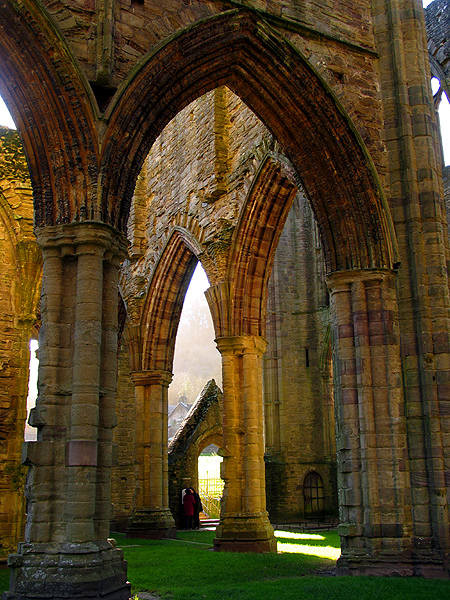
Poets such as William Wordsworth wrote about this place in his poem “Lines written a few miles above Tintern Abbey.” It is listed as a Grade I historical building and remains an inspiration for all who come to its doorstep: writers, poets, musicians, or simple nature lovers, Tintern Abbey welcomes them all.
